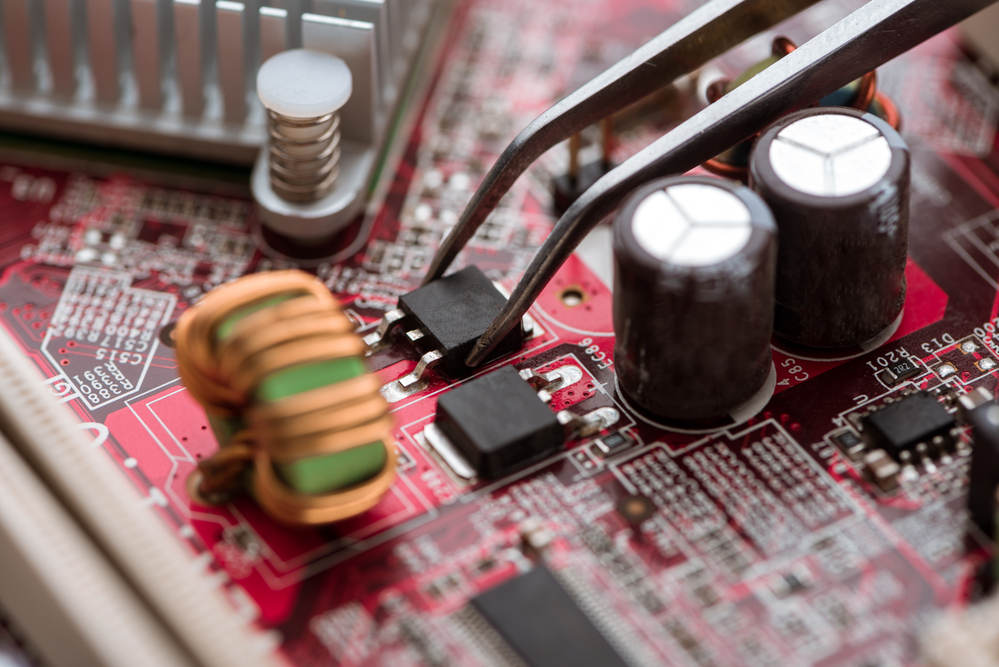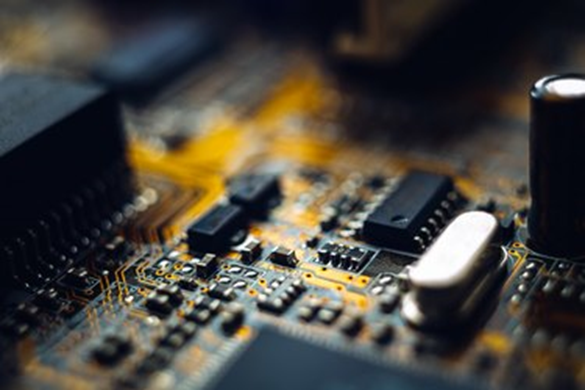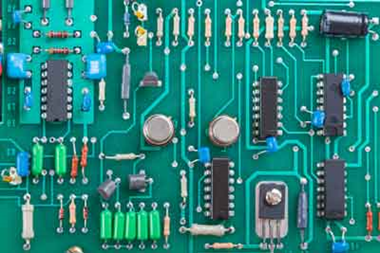
Circuit boards are the heart of the electronics industry. You may have found one in one of your electronic devices. While most people use electronics daily, they don’t consider or understand the technology behind them. Here is an overview of what a circuit board does to give you a better idea of how your electronics operate.
What Is a Circuit Board?
A circuit board is a plastic board reinforced with fiberglass. Its board is attached to copper lines, also known as traces, and pads that connect together. These copper lines aid the flow of electrical charge through the circuit board, transmitting power to different components positioned on the board. The copper traces supply electricity to the right destination. The copper traces, which act as wires, improve the efficiency of your appliances by replacing bulky wiring.
So, What Does a Circuit Board Do?
Circuit boards are fundamental to the functionality of any electronic product. They offer mechanical support to the product while connecting its electronic components and providing power to the device. With the evolution of technology, the complexity of these boards has also evolved, but the basic concept remains the same.

The main purpose of a circuit board is to connect all the electronic components of a device. It also ensures that all the components are well insulated whenever they’re connected to a power source.
A circuit board has many components that work together to enhance its functionality. A circuit board will contain an assembly of components that are specific to the purpose of that circuit board. Here are some of the components that may be found on a circuit board:
- Conductor: A wire or trace that carries the electric charge
- Controller switch: This switch allows or blocks the current based on whether it’s open or closed
- Capacitor: Used to store and release an electric charge within the circuit
- Diode: Allows electricity to flow in one direction
- Inductor: Converts energy to a magnetic field and is used to block interferences from other electronic devices
- Resistor: Provides a set amount of electric current resistance to regulate its flow
- Transistor: used to switch or control the electronic signals in the board

The overall circuit board function determines the purpose of each of the components discussed above. These components work together to ensure the efficient flow of electricity from a higher power voltage to a lower power voltage. This ensures that your appliances are getting the right amount of power they need to function.
Types of Circuit Boards
Circuit boards are different, and there’s no one size fits all CB. Each device requires a different capacity. The intricate nature of the board depends on the number of copper layers used. Let’s explore the three main types of circuit boards:
- Single-layer CB: This type of CB has one layer of copper. It’s the most common type of CB as it’s easy to design and produce. You can find this type of CB in small appliances such as radios and printers.
- Double-layer CB: This type of CB has the copper layer attached to the top and bottom sides of the circuit board. It’s smaller than single-layer CB and is commonly used in industrial controls.
- Multi-layer CB: It has multiple layers of conducting material. It’s commonly used in complex applications such as data storage equipment and medical appliances.
Contact ACS Industrial Services for Your Electronic Repair Needs
If your electronic appliance has broken down due to circuit board failure, ACS Industrial is here to help you with any electronic repair needs. Contact us today at 800-605-6419 to speak to one of our experts. You can also fill out the RFA form for a free evaluation and no obligation quote within 48 hours. Here’s a link if you want to find out more about the reasons for circuit board failure.
